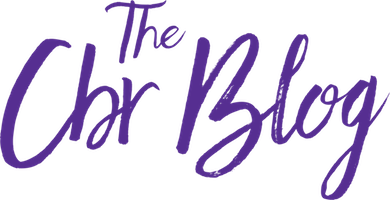Autism Awareness Month
April is National Autism Awareness Month, which the Autism Society launched over twenty years ago to “promote autism awareness, inclusion and self-determination for all, and assure that each person with Autism Spectrum Disorder (ASD) is provided the opportunity to achieve the highest possible quality of life.”
Meet the Motsnyys
This year, we wanted to share the story of the Motsnyy family, whose son Levi has been affected by ASD. We traveled to their home in Indianapolis, Indiana, to bring you this heartwarming story about loving parents, an amazing boy, and new research involving newborn stem cells.
Why is cord blood being researched for autism?
Cord blood is well-known as a valuable source of powerful stem cells like hematopoietic stem cells (HSCs). HSCs are already used in the treatment of over 80 conditions of the blood and immune system as part of a stem cell transplant.
Researchers are also highly interested in the future of research for regenerative medicine, which aims to establish or restore normal functioning in the body. This research is often performed in FDA-regulated clinical trials that explore using a child’s own stem cells for conditions that currently have no cure, like the clinical trial that Levi participated in.
While the cause of autism remains unknown, research suggests that children with autism have dysfunctional immune systems that may be mediating damage within the nervous system and the developing brain.
So scientists are hoping to find new treatments that decrease inflammation and calm the dysfunctional immune response. And that’s why researchers are investigating if cord blood stem cells could help, since research has shown that they have the ability to regulate inflammation and migrate to the site of neurologic injury.
There is also the bystander effect, which theorizes that the infused cells secrete factors that promote the body’s own repair mechanism in the surrounding tissue(s) via paracrine signaling, a form of cell-to-cell communication.
As always, we’ll keep you posted as the science moves forward!
References:
1. Goines P, Van de Water J. The immune system's role in the biology of autism. Curr Opinion in Neurol. 2010;23(2):111-117. doi:10.1097/WCO.0b013e3283373514.
2. Gupta S, Aggarwal S, Heads C. Dysregulated immune system in children with autism: beneficial effects of intravenous immune globulin on autistic characteristics. J Autism and Developmental Disord. 1996 Aug; 26 (4):439-452.
3. Sun JM, Kurtzberg J. Cord blood for brain injury. Cytotherapy. 2015 June; 17 (6):775-785. doi:10.1016/j.jcyt.2015.03.004.
4. Lv YT, Zhang Y, Liu M, et al. Transplantation of human cord blood mononuclear cells and umbilical cord-derived mesenchymal stem cells in autism. J Translational Med. 2013 Aug 27; 11:196. doi:10.1186/1479-5876-11-196.
5. Baraniak PR, McDevitt TC. Stem cell paracrine actions and tissue regeneration. Regenerative Med. 2010 Jan; 5(1):121-143.


